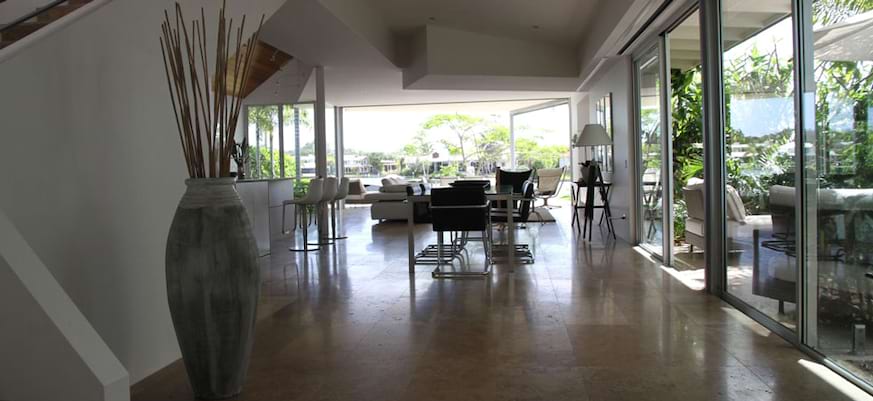According to Fnaim, nearly 90% of planned acts are subject to a postponement since the beginning of lockdown. At the same time, the rate of the loans continue to increase.
The market of real estate is in full stagnation. Fnaim or National Real Estate Federation found that more than 100,000 real estate transactions in progress, with compromise of sale or some contracts signed before the date of confinement, are still in suspense.
According to Fnaim reports, “nearly 90% of planned actions were postponed”. According to specialists, this percentage is equivalent to 10% of the million sales carried out during the year before confinement. Following the application of a decree which ease greatly electronic signature has distance, notaries were able to develop a system of telework which allows you to carry out actions. However, the realization of these actions always takes delay.
For their part, the trustees delay also to dispatch the documents necessary for signature, and certain land registration services are starting to resume work. At the town hall level, the pre-emption period is currently interrupted, but it will not restart from scratch. Indeed, this deadline of pre-emption will resume its course during the announcement of the end of the state of health emergency.
Concerning banks, brokers affirm that the edition of a offer of ready requires between 3 weeks and a month, whereas this is normally only done in 10 days. That's why, sellers and buyers must resign themselves to extend the duration of compromise of sale which has already been signed.
Unfortunately, it is clear that the rate of the loans is constant increase, despite these pending procedures. According to the broker Vousfinancer, around fifteen banks have increase their prices from April 2020, with a rise varying between 0.15% to 0.70%. Same trend at the level of Avivap, which notes a average increase from 0.20% to 0.30% at the level of banks which continue to work. Over 20 years, the average is now estimated at 1.40% gross as of April 10, 2020. This is more or less the level observed on April 2. However, this increase is, essentially, felt at the level of floor rates. In just one week, the twenty-year minimum gross rate went from 0.90% to 1.10%. Same trend for ceiling rates. Currently, the twenty year maximum gross is estimated at 2.00% compared to 1.95% a week ago. In summary, the deviations between the rates decrease and the haircuts are more balanced.
From problems which worry analysts, it is possible to cite the increase of the borrowing rate, added to the reduction of wear rate, who risks harm to borrowers most modest. For information, the wear rate is the one above which he is forbidden to borrow. This wear rate is established by the Bank of France, at the end of each quarter, in order to protect the borrowers facing potential abuse. Since January 2020, this rate has decreased by 0.86% and reached 2.51% for loans taken over a minimum period of 20 years. According to the deputy general director of the broker Cafpi, Philippe Taboret, interviewed by Les Echos, “at the start of the year, the delta between proposed rate by the banks and the wear rate already barely allowed to integrate the different fees ; of files, insurance and guarantees”. Through the Professional Association of Credit Intermediaries or Apic, this CEO of the broker Cafpi once again asks the Bank of France to establish a margin irreducible of 2% minimum, so that the wear rate don't become a " brake has accession to the property " when the time for recovery arrives.

